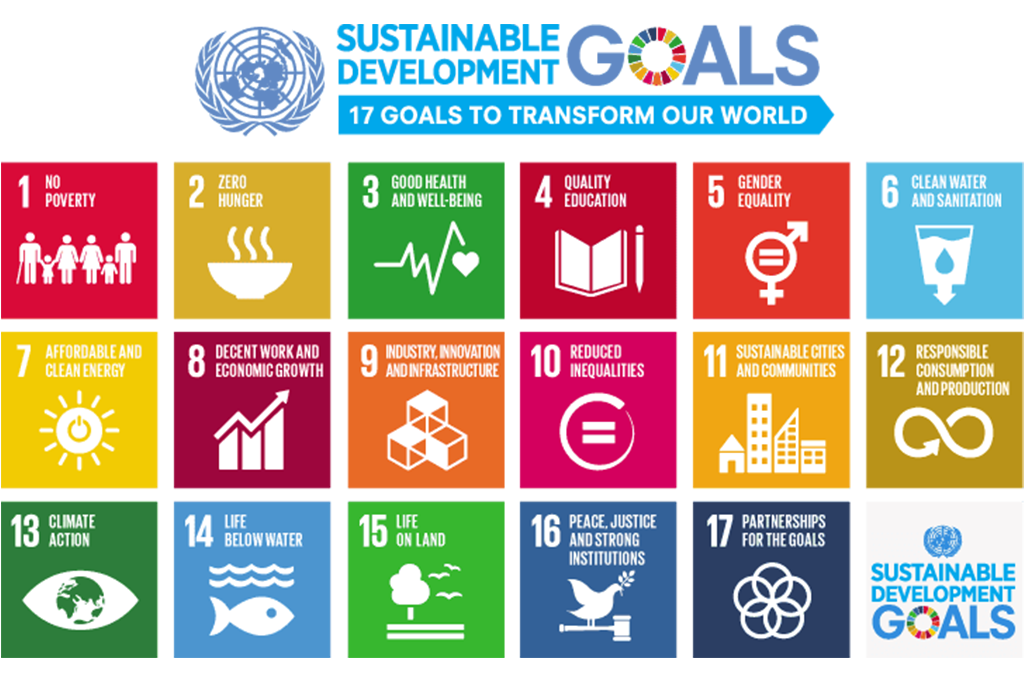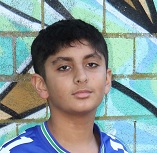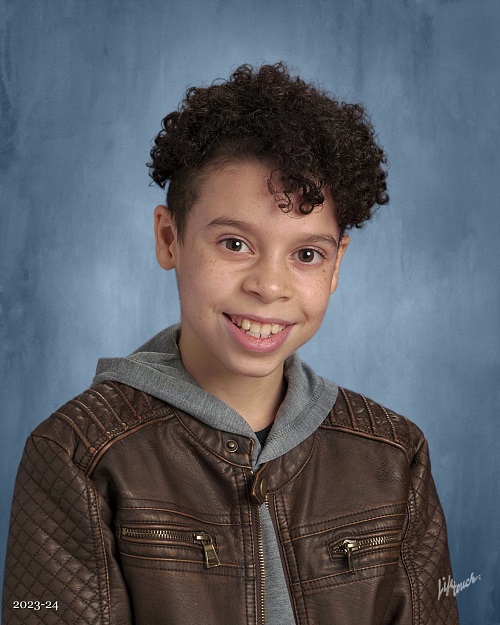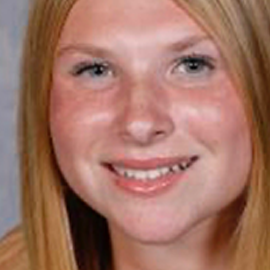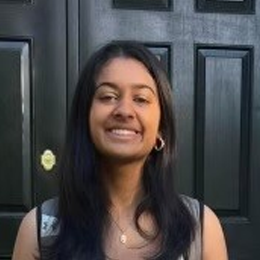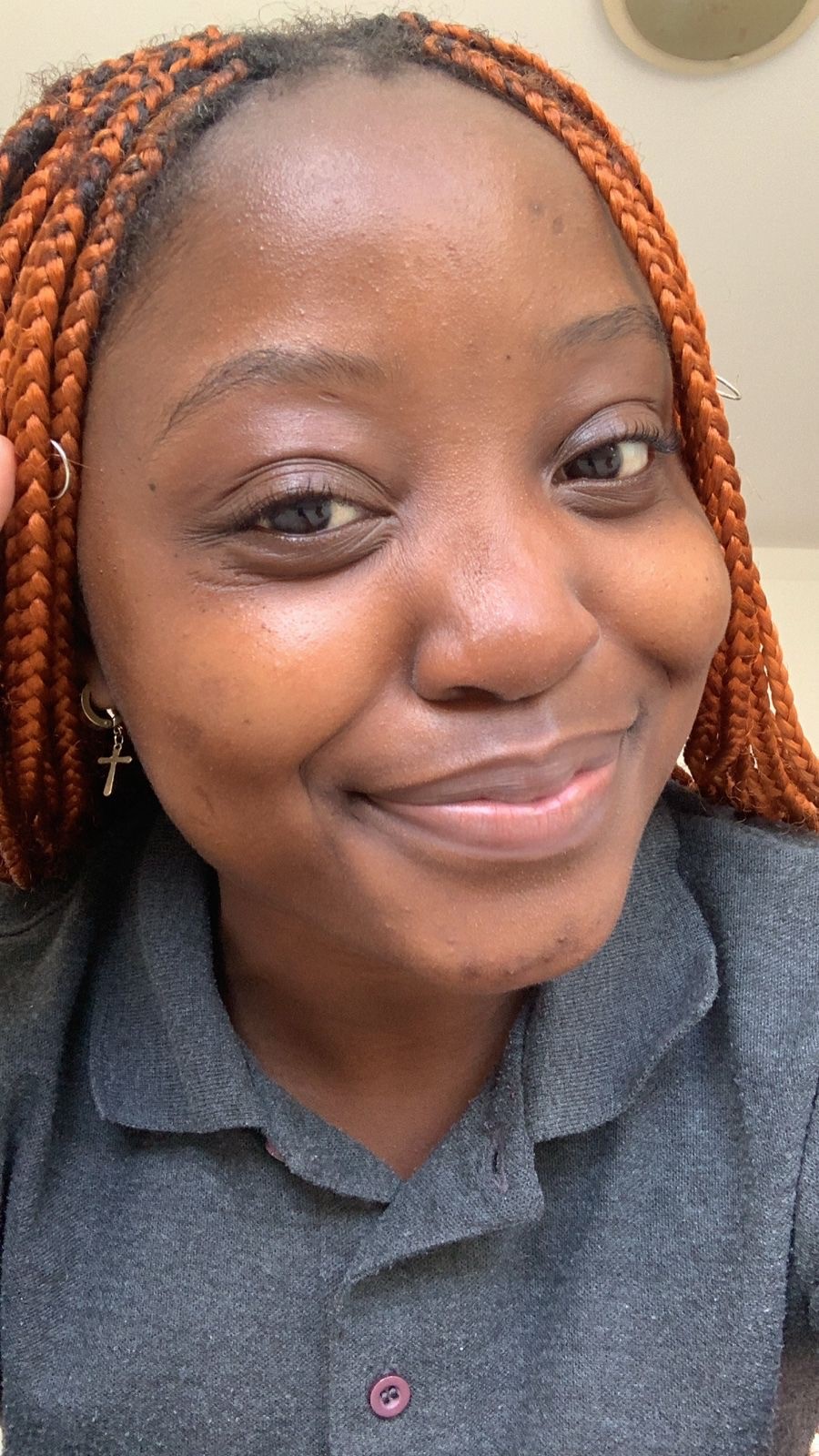Citation: D. Cablayan, S. Callahan, V. Foley, L O’Brien, O. Sanan and M. Singhal, “NASA, GRACE-FO: Weighing Where the Water Goes,” 2024 American Geophysical Union (AGU) (Abstract and Poster), Washington. D.C. DOI: 10.13140/RG.2.2.17352.12807
Research Project and Specific Role: My research utilized data from the GRACE and GRACE-FO satellites to model ice sheet and glacial mass changes in Greenland and Antarctica, aiming to estimate their contributions to global sea-level rise. GRACE-FO’s twin satellites track gravitational anomalies caused by mass changes on Earth’s surface, such as ice melt. Using residual K-Band Ranging (KBR) and Laser Range Instrument (LRI) data, I calculated Equivalent Water Height (EWH), which was transformed into mass change rates for key regions. These calculations accounted for the uneven distribution of gravity across Earth’s surface and adjusted for variables like crust deformation and atmospheric effects.
A latitude-longitude grid system divided the globe into uniform cells to measure and weight mass anomalies in each region. My results revealed significant mass loss in Greenland and West Antarctica, with rates of -236.13 ± 3.56 Gt/yr (Gigatons/year) and -106.32 ± 0.99 Gt/yr, respectively, and a gain of 34.97 ± 0.93 Gt/yr in East Antarctica. These trends contribute to a global mean sea-level rise of 0.7982 mm/yr. The data also highlighted uneven sea-level distribution caused by crust deformation and shifts in Earth’s rotational axis.
I created visualizations and statistical models to analyze these trends, presenting to the NASA SEES community. Subsequently in December, I was thrilled to share my team’s findings at the American Geophysical Union (AGU) conference in December, providing insights into the importance of satellite-based monitoring for addressing climate change impacts.
How I Became Involved in This Research Project: I joined the NASA SEES internship at the Center for Space Research at UT Austin in summer 2024. Initially hesitant, as space research was outside my primary expertise in water sustainability, I was intrigued by the opportunity to apply Python models to analyze satellite data. During the internship, I worked closely with NASA scientists Chirag Patel and Chaoyang Zhang, who mentored me in utilizing GRACE data to address Earth-based challenges. This collaboration deepened my understanding of how gravitational field mapping and remote sensing can inform climate and water-related issues.
Inspired by this experience, I later collaborated with CU Boulder professor Dr. Anthony Straub to propose a zero-gravity space-flight experiment on water filtration.


